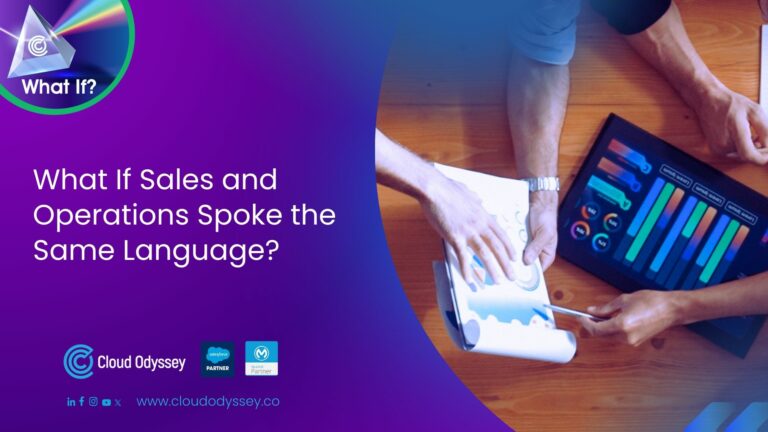In today’s B2B landscape, businesses often require intricate pricing structures to cater to diverse customer segments, varying order quantities, and unique business models. Salesforce B2B Commerce empowers you to manage this complexity with its robust Price Books and Price Rules functionality.
Understanding Price Books
A Price Book in Salesforce B2B Commerce acts as a catalog of products and their associated prices. You can create multiple Price Books to define different pricing strategies for various scenarios. Here’s what Price Books offer:
- Product-Specific Pricing: Assign specific prices to individual products within a Price Book.
- Currency Management: Define prices in different currencies to cater to your global clientele.
- Volume-Based Pricing: Implement tiered pricing structures based on purchase quantities. For instance, you can offer lower prices per unit for larger orders.
Price Rules: The Art of Flexibility
Price Rules take Price Book functionality a step further, allowing you to define dynamic pricing conditions. These rules can be layered on top of Price Books to create highly customized pricing scenarios. Here are some functionalities of Price Rules:
- Customer Segmentation: Apply specific pricing to different customer groups based on pre-defined criteria, such as account type, purchase history, or industry.
- Promotional Pricing: Create temporary discounts or special offers for specific products, customer segments, or order values.
- Minimum Advertised Price (MAP) Enforcement: Ensure adherence to manufacturer-suggested pricing by automatically adjusting displayed prices.
The Price Books & Price Rules Advantage
By leveraging Price Books and Price Rules together, you can achieve a high degree of control over your B2B pricing strategy. Here’s how this combination benefits your business:
- Accurate Pricing: Eliminate manual calculations and ensure consistent pricing across all channels.
- Improved Efficiency: Automate complex pricing scenarios, freeing up valuable time for your sales team.
- Enhanced Customer Satisfaction: Offer targeted discounts and promotions to specific customer segments, fostering loyalty.
- Increased Profitability: Implement strategic pricing models to optimize margins and boost revenue.
Conclusion
By leveraging the power of Price Books and Price Rules in Salesforce B2B Commerce, you can create a dynamic and adaptable pricing strategy that caters to the specific needs of your business and your customers. This translates to increased efficiency, improved customer satisfaction, and ultimately, a stronger bottom line.










